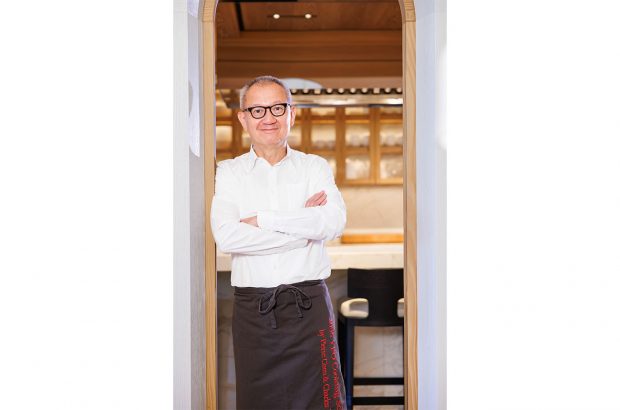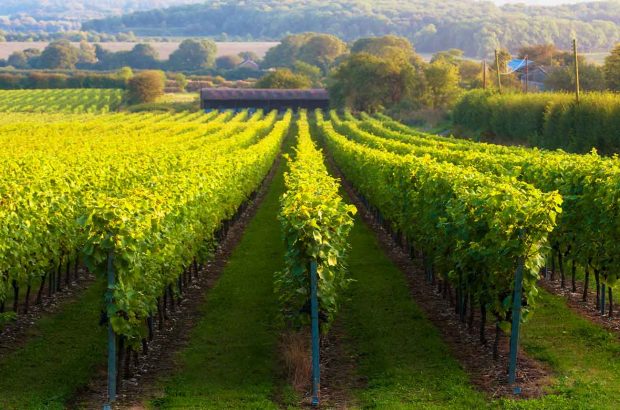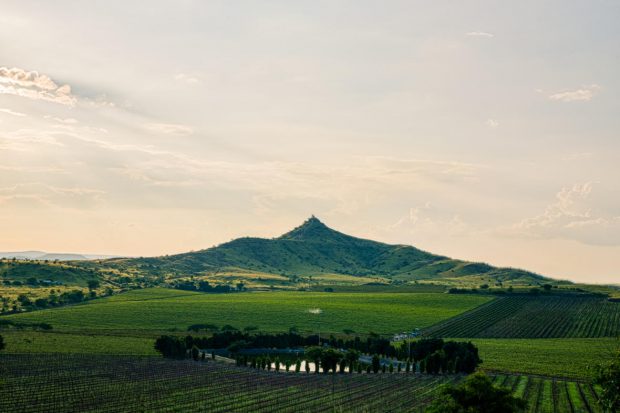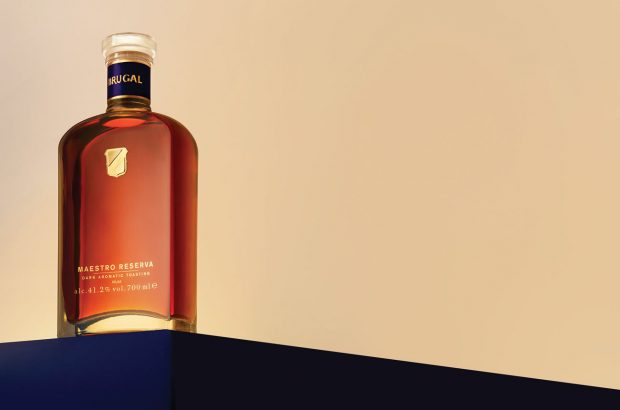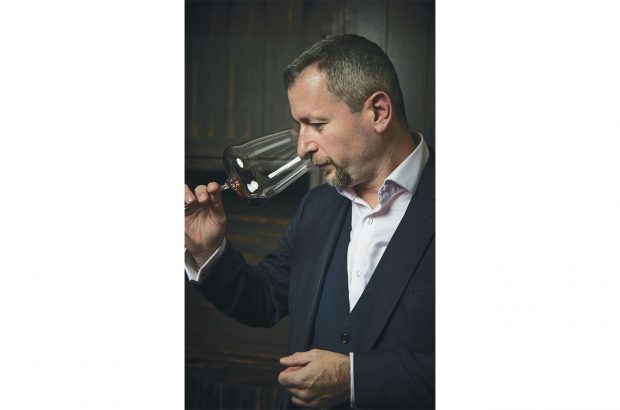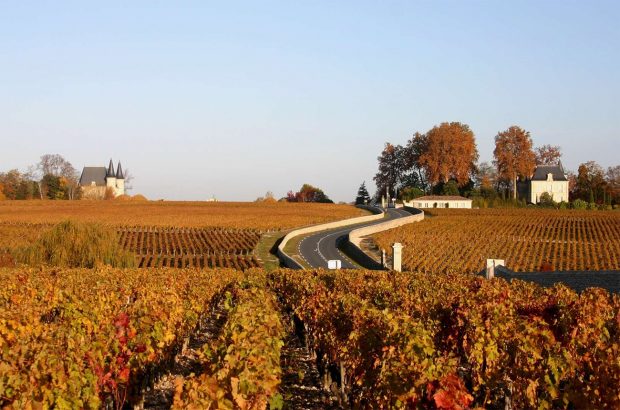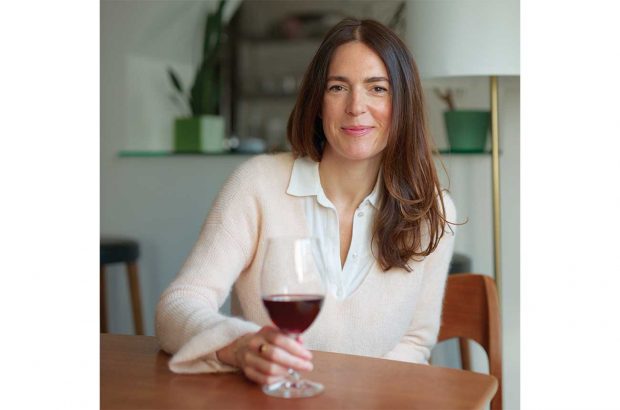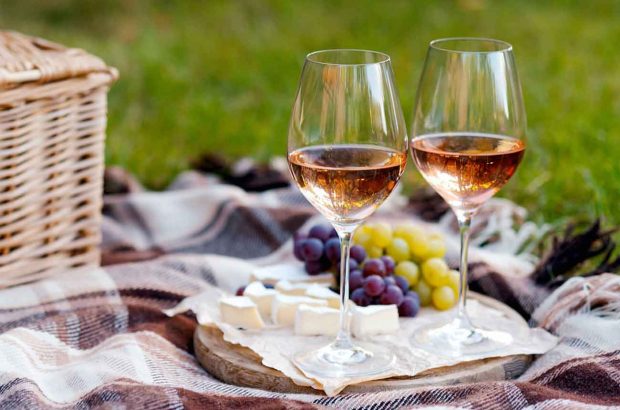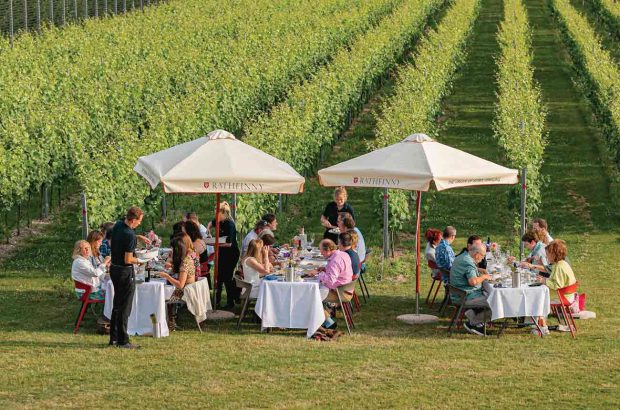Dimitri Mesnard MS is division vice president international brand ambassador for California-based Jackson Family Wines, and has been chair of the Court of Master Sommeliers European chapter since 2009. Born in the Loire valley, he moved to the UK in 1996 and spent two years as a sommelier at Michelin two-star Le Manoir aux Quat’Saisons near Oxford, before joining Hotel du Vin Group as a head sommelier. Rising to group food & beverage manager in 2005, under the mentorship of Henri Chapon MS and Gerard Basset MS MW he led a team of more than 40 sommeliers across 14 boutique hotels and pioneered the group’s Ecole du Vin wine school. Dimitri has been a DWWA judge since 2014 and served as Acting Regional Chair for Bordeaux in 2021.
Sauvignon Blanc has always been a part of my life, being born and raised among the Central Vineyards of the Loire valley. Whether studying it, growing it, harvesting it or tasting it, I have always had strong sentiments for the variety, creating many great memories along the way. What draws me time and again to Sauvignon Blanc is the way it marries a strong identity with incredible versatility. From restrained wines produced from Kimmeridgian soils in Sancerre to the hyper-aromatic styles found in New Zealand’s Marlborough region, to the oaky ‘Fumé Blanc’ from Napa or Sonoma, and the botrytised style in Sauternes, it’s a variety that can be enjoyed at any time of the day, with every course of a meal, and with a vast range of cuisines.
Having organised a few ‘Sauvignon only’ wine events during my career, I simply never get bored of the variety. Another thing that always amazes me while highlighting Sauvignon Blanc is its longevity; many wine lovers assume that this is a wine always to enjoy in its youth. Not so: with their incredible acidity, the wines can age for many years, achieving roundness and texture with some fantastic secondary/tertiary aromas, such as fern. If you have never tasted an older, developed Sauvignon Blanc, try some aged Sancerre, such as Vatan’s Clos la Néore (2015, £365 Crop & Vine, Nemo Wine Cellars) or an older François Cotat, Les Culs de Beaujeu (2017, £62.50ib Lay & Wheeler). With aged Sauvignon you can really play with wine pairings – pan-fried red mullet with an aromatic consommé featuring lemongrass and coriander would be heavenly. Or a creamy bean risotto with white truffles. The possibilities are endless!
Sauvignon Blanc belongs to the Savagnin family and is one of the parent grapes of Cabernet Sauvignon (along with Cabernet Franc). It’s a fragile grape, sensitive to mildew, oidium, water and sunburn, among other hazards. However, if well trained it can be produced in large quantities, with well-made wines displaying both fruit purity and balanced acidity.
The Sancerre region in the Loire is the source of some of the greatest Sauvignon Blancs – probably my favourite expression of the grape. Thriving best on Kimmeridgian, caillottes (limestone pebbles) or silex (flint) soils, some of the single vineyards achieve the purest expression of this variety, with Monts Damnés, at elevations of 250m-350m, being one of them. On the other, eastern side of the river, the wines of Pouilly-Fumé can also be exceptional.
Sauvignon is also the main variety for white wines in the Bordeaux region. Often blended with Semillon (the varieties complement each other well), it offers a richer, riper style with more texture than in the Loire valley. These wines also have great ageing potential, and the best examples are often matured in oak barrels before bottling to add complexity. Add some botrytis, and you potentially have some of the best sweet wines in the world – a baked apricot tart paired with a young Sauternes is among the most extraordinary food and wine matches there is.
If you don’t have a sweet tooth, Sauvignon Blanc works brilliantly with goat’s cheese: Crottin de Chavignol and Sainte-Maure de Touraine are good examples. Taste either with a glass of Loire Sauvignon Blanc for a great experience – nothing beats a regional wine pairing!
Lastly, let’s also consider the New World. Sauvignon Blanc enjoyed great success in California in the 1980s thanks to Robert Mondavi, who conceived the name Fumé Blanc for a particular style. These wines tend to have more ripeness, with tropical fruit, passion fruit and pink grapefruit character, making them an ideal match for richer fish dishes like crab cakes and lobster ceviche with herbs. You can find great examples from the US, Chile and South Africa.
And then, of course, there’s the New World’s best-known region for Sauvignon Blanc, Marlborough in New Zealand, which produces examples of Sauvignon Blanc that are often more pungent and grassier. Craggy Range produces a great example of New Zealand Sauvignon Blanc, from Martinborough fruit (a region in the south of North Island). I have been following this winery since my days at Hotel du Vin, and often crack open a bottle after a long week at work – try it with a smashed pea and ricotta crostini.
Discover Sauvignon Blanc: Dimitri’s two to try
I’m going to focus on the Loire for my two picks. I come from Quincy, an appellation that is less well known than Sancerre or Pouilly-Fumé but is rich in history, being the second AP to be created in France (after Châteauneuf-du-Pape). Domaine du Tremblay, Vieilles Vignes Quincy (2022, £24 Bottle Apostle) is matured on fine lees, giving a crisp and fresh style, but with a rounded mouthfeel.

From one of my favourite producers, François Cotat’s Les Monts Damnés Sancerre is one of the best expressions of Sauvignon Blanc, perfectly capturing the power and finesse of this great site, and with incredible poise. The 2002 is drinking beautifully now, but if you can’t find an older vintage like this, buy young from a broker such as Fine & Rare (2021, £50 in bond) or Cru World Wines (2022, £54.33 in bond), and cellar it.





